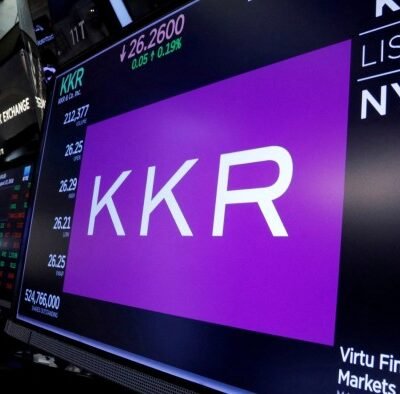If you’ve ever had doubts about a strong weighting of Canadian stocks in your portfolio, the first installment of the 2025 Globe and Mail ETF Buyer’s Guide gives you something to think about.
The average one-year total return is 24.1 per cent, and the annualized average five-year total return was 11.5 per cent. The U.S. stock market gets a lot of attention, but Canadian stocks deliver as well in bull market conditions. Exchange-traded funds are an ideal to get your fair share.
Eleven funds are considered here, each with a history of five-plus years and each suitable to be your one-and-only Canadian equity fund. Low-cost index-tracking funds dominate the list, but you’ll also find some funds that use a screening process to build their portfolios. The guide will help you compare not only size and fees, but also trading volumes and volatility.
Be mindful that the past returns shown here are quite a bit higher than historical average returns. Given our trade dispute with the U.S. government, the year 2025 could be a challenging one for investors holding Canadian stocks.
Five more instalments of the ETF guide will appear on alternating weeks over the next couple of months – they’ll cover funds holding Canadian bonds, U.S. stocks, global/international stocks, dividend stocks and asset-allocation funds, which are a fully diversified portfolio packaged into a single fund.
You’ll need a digital brokerage account or trading app to invest in ETFs. For help on that, consult the 2025 Globe and Mail digital brokerage ranking. Also consider robo-advisers, which can build and manage a portfolio of ETFs for you at a reasonable cost.
Here’s an explanation of investing terms used in the ETF Buyer’s Guide:
Assets: Shown to indicate how popular a fund is with investors.
Management expense ratio (MER): The main cost of owning an ETF on a continuing basis; returns are shown on an after-fee basis both here and on ETF company websites.
Trading expense ratio (TER): The cost of stock-trading commissions incurred by the managers of an ETF as they maintain the portfolio. Add the TER to the MER for a complete picture of a fund’s cost.
Yield: Based on distributions paid over the previous 12 months. Distributions are primarily dividend income, but a return of capital may also be present.
50-day trading volume: Average number of shares traded daily over the previous 50 days; it’s easier to buy and sell at competitive prices if an ETF is heavily traded.
Number of holdings: Offers some perspective on the level of diversification. In the Canadian equity category, there are funds with a tight focus on large companies and those that include medium and smaller companies as well.
Sector weightings: A key differentiator between Canadian equity ETFs. Watch out for exposure to financials, which are also a big factor in ETFs holding dividend stocks, corporate bonds and preferred shares. Overexposure to any sector can work against your diversification.
Returns: The ETF guide shows total returns, which reflect price changes in the stocks that a fund holds as well as dividends paid by those stocks. This is the convention for showing ETF returns and it’s used on ETF company websites.
Beta: A measure of volatility that compares funds with the benchmark index (in this case, the S&P/TSX Composite), which always has a beta of one. A lower beta means less volatility on both the up and downside.
Download the source excel here.
Are you a young Canadian with money on your mind? To set yourself up for success and steer clear of costly mistakes, listen to our award-winning Stress Test podcast.




